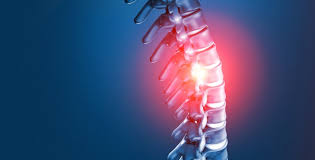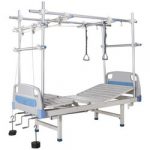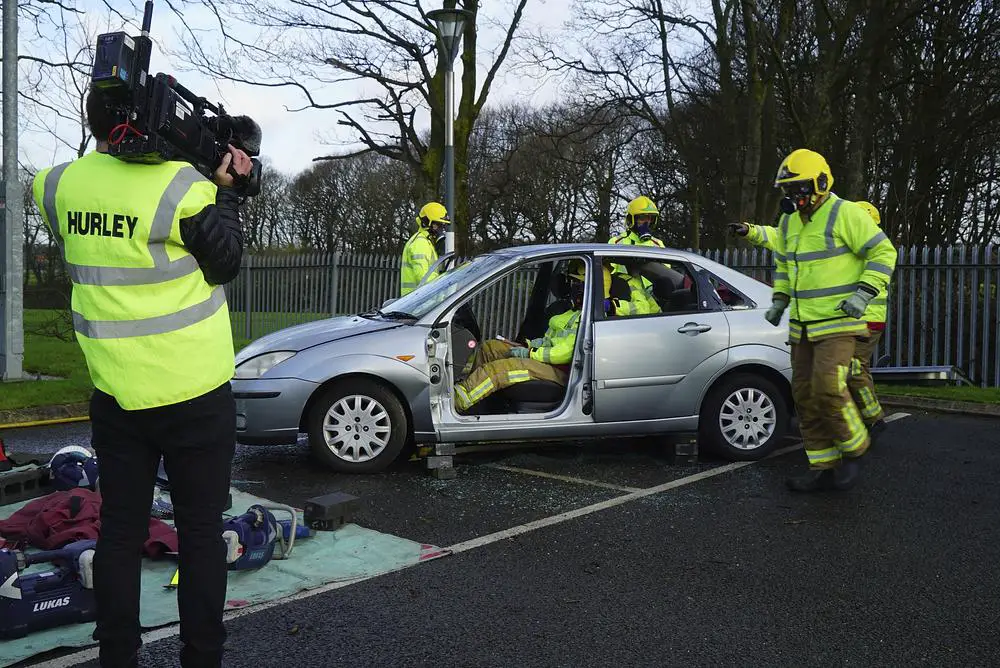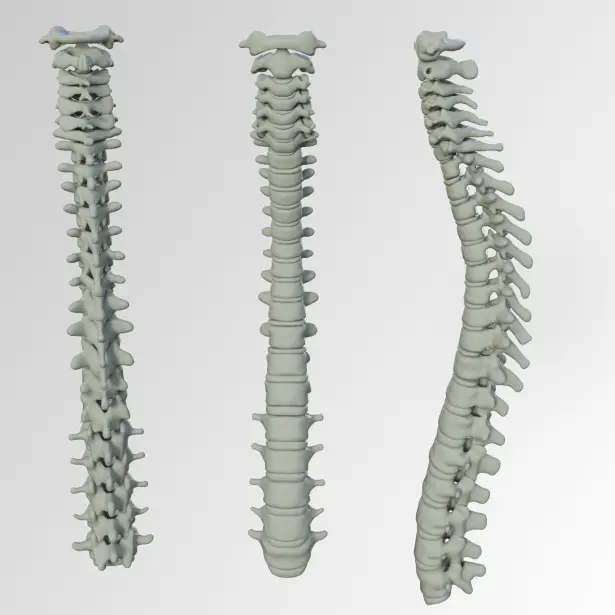Scoliosis is a condition that causes the spine to curve abnormally. It can be caused by congenital defects, trauma or disease. While it usually does not cause any pain or other symptoms, in some cases it can lead to complications such as herniated discs.
A herniated disc occurs when one of the discs between the vertebrae becomes dislodged and puts pressure on the nerves around it. This can cause pain, numbness and tingling in the affected area. In severe cases, it can even lead to paralysis.
Scoliosis itself does not directly cause a herniated disc, but if left untreated or allowed to progress unchecked, it can increase the risk of developing one. Therefore, early diagnosis and treatment are key for those living with scoliosis in order to reduce the risk of more serious complications like a herniated disc.
How Do You Fix A Herniated Disc With Scoliosis?
Fixing a herniated disc with scoliosis can be a difficult process, but it is possible. The first step is to manage the pain associated with the herniated disc. Pain management techniques such as physical therapy, bracing, and medications can help alleviate some of the discomfort. In addition, lifestyle changes such as avoiding strenuous activities and maintaining good posture can also help reduce pain.
If pain management techniques are not effective in controlling the symptoms of a herniated disc, surgery may be necessary. Depending on the severity of the herniation and other factors, surgeons may opt for a laminectomy or spinal fusion to correct the alignment of the spine and provide relief from symptoms. In cases where scoliosis is present, corrective braces or rods may be used to improve spinal alignment and reduce further damage caused by scoliosis.
With proper treatment and care, it is possible to fix a herniated disc with scoliosis and resume normal activity levels without discomfort or further damage to your spine.
Can Scoliosis Cause Pinched Nerve?
Yes, scoliosis can indeed cause pinched nerves. A pinched nerve occurs when a nerve is compressed or stretched too far, which can happen due to a curvature of the spine caused by scoliosis. This compression can lead to pain, tingling, numbness, and other uncomfortable sensations in the affected area. If left untreated, it can cause permanent damage to the spinal cord and surrounding nerves.
It is important to visit a doctor for regular checkups if you have scoliosis so that any pinching of the nerve can be caught early and treated with the appropriate medications or therapies. Early detection and treatment are essential for preventing long-term complications from pinched nerves caused by scoliosis.
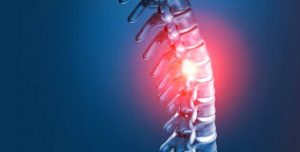
How Do You Fix A Pinched Nerve In Scoliosis?
Fixing a pinched nerve in scoliosis can be challenging, but it is possible. The first step is to identify the source of the problem. Your doctor may order an X-ray or MRI to pinpoint the exact location of the pinched nerve. Once identified, treatment options vary depending on the severity and cause of the pinched nerve.
These may include physical therapy, medications, lifestyle changes, or even surgery. If medications are prescribed, it is important to follow your doctor’s instructions regarding dosage and frequency. Physical therapy exercises can help strengthen muscles around the affected area and reduce tension on the nerves. Also, you may want to ask can a TENS unit help with herniated discs.
Making lifestyle changes such as avoiding activities that put strain on your spine can also help alleviate pressure on a pinched nerve. In more extreme cases, surgery may be necessary to relieve pressure from a severely compressed nerve.
What Causes Scoliosis?
Scoliosis is an abnormal curvature of the spine that can occur at any age but is most commonly diagnosed in children between the ages of 10 and 15. It is unknown what exactly causes scoliosis, however there are some likely causes.
Abnormalities in the structure of the spine, such as vertebrae that have fused together or discs that have become too stiff or too thin, can contribute to the development of scoliosis. In addition, neuromuscular conditions like muscular dystrophy or cerebral palsy can lead to scoliosis due to differences in muscle length or tone on either side of the body.
Lastly, scoliosis may be caused by a genetic factor; it tends to run in families and can be associated with certain syndromes. Regardless of cause, it is important for individuals with scoliosis to seek treatment as soon as possible in order to prevent further deterioration of the spine.
What is Degenerative Scoliosis?
Degenerative scoliosis is a condition where the spine starts to curve in an unnatural way due to degeneration of the spinal structure. It is a progressive condition which typically affects adults aged 40 and over, although it can appear earlier in some cases. The curvature of the spine can range from mild to severe and may cause pain, lack of mobility, and difficulty breathing.
Symptoms can worsen with time if left untreated. Treatment options include physical therapy, bracing, medications, and in some cases even surgery. Regardless of severity, degenerative scoliosis should be addressed as soon as possible to avoid long-term health consequences.
What to Do About Scoliosis?
Scoliosis is a condition in which the spine curves abnormally either to the left or right side. It can affect people of any age, but it is most commonly diagnosed in children between the ages of 10 and 15. Treatment for scoliosis usually depends on the severity of the curvature and may include observation, bracing, or surgery. If you suspect your child might have scoliosis, it’s important to seek medical help as soon as possible. Early detection and treatment can help reduce the risk of long-term complications such as chronic pain and respiratory problems.
Your doctor will be able to assess your child’s condition and develop a treatment plan that’s best for them. The goal is to stop the curve from progressing while maintaining flexibility and mobility in the spine. In some cases, physical therapy may also be recommended in order to strengthen muscles surrounding the spine and improve posture.
What Are the Most Common Scoliosis Symptoms?
Scoliosis is a condition characterized by an abnormal curvature of the spine. It can affect people of any age, but is most commonly found in children and adolescents.
The most common scoliosis symptoms are a curved spine, uneven shoulders or hips, one shoulder blade that appears more prominent than the other, and back pain. In some cases, there may also be difficulty standing or walking straight and one side of the rib cage may appear higher than the other due to scoliosis.
People with scoliosis may also experience fatigue, muscle spasms, and poor posture. In severe cases, breathing problems can occur as well. If you believe you are exhibiting any of these symptoms, it is important to consult a doctor for diagnosis and treatment options as soon as possible. Early detection is key to managing scoliosis and preventing further progression of the condition.
